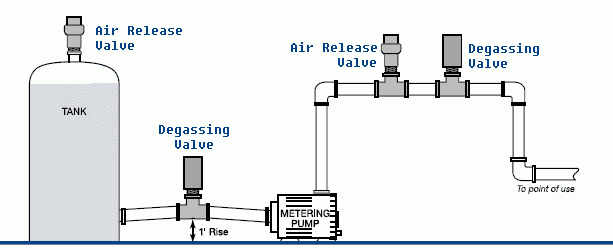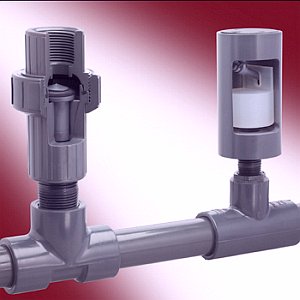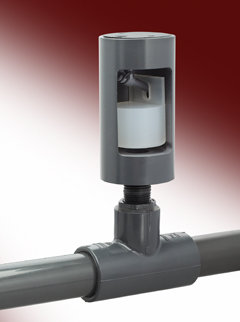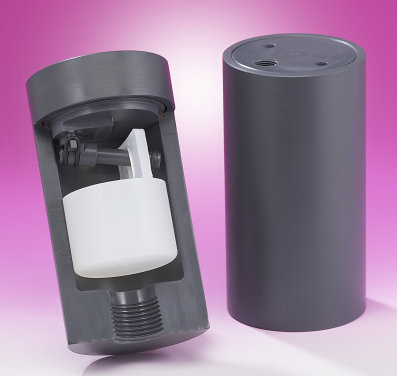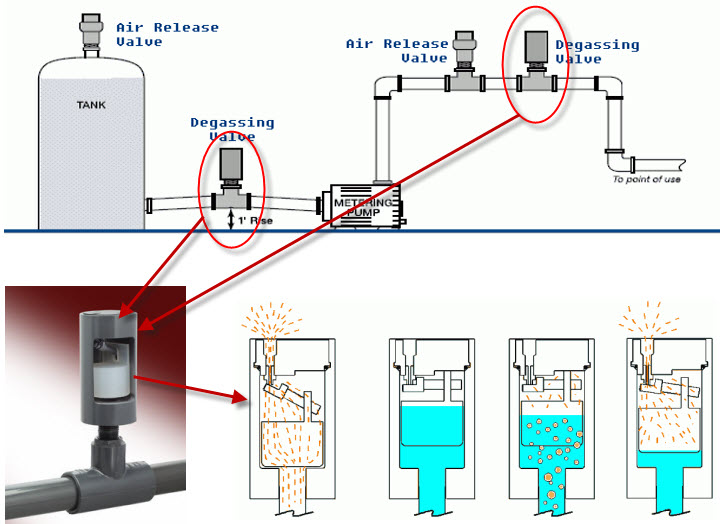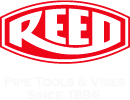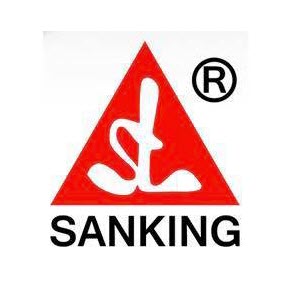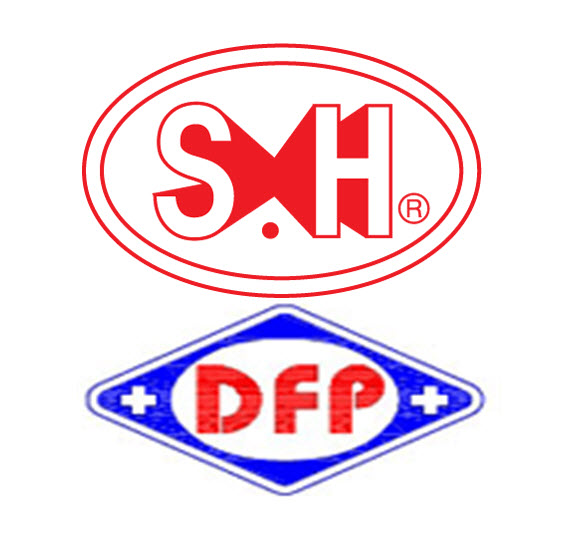Van Tách Khí Trên Đường Ống (Degassing) Plast-O-Matic
.jpg)
Series DGV is a normally-open valve that closes when liquid is present. Function is diagrammed in the series of illustrations below, from left to right...
First (PIC. 1), at left, the valve is shown in a system with no liquid present. Gravity keeps the float down and the valve open. Air flows freely in and out.
In the second illustration (PIC. 2), the system is operational and the pipelines are filled with liquid (shown as light blue). The polypropylene float rises with the liquid and the valve closes.
In the third illustration (PIC. 3), the liquid is outgassing, and gas collects in the highest point of the system...where Series DGV is located.
Fourth illustration (PIC. 4) (below right) sufficient air or gas has accumulated, and the float drops. The valve now opens, and liquid pressure forces the air or gas through the vent. Once the gas is expelled, the float rises and again closes the valve. This process can repeat over and over, as often as gas occurs.
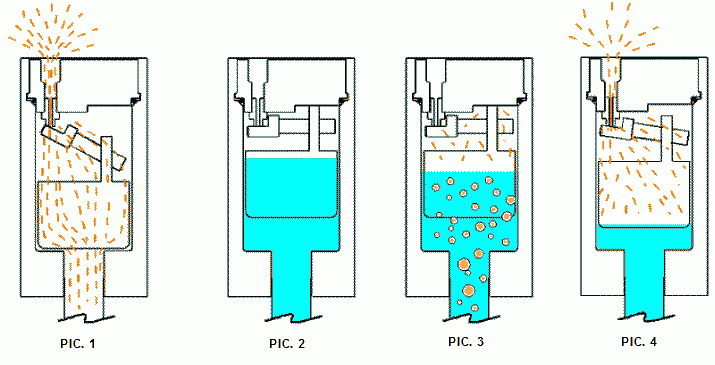
The valve has a very small orifice and is designed for trace amounts of gas. To expel large volumes of air such as at system start-up, see Series ARV. If your application requires expulsion of a large amount of air, as well as periodic venting of smaller amounts, you may require both the Series ARV and Series DGV.
Installation Position:
Series DGV should be installed at the highest possible point in a piping system, and it must be oriented upright. In most cases, residual liquid and/or vapor in the valve may be expelled or "spit" from the outlet vent. Therefore, it is recommended to pipe the outlet port to a safe area for hazardous liquids, or use a standpipe for non-hazardous liquids.
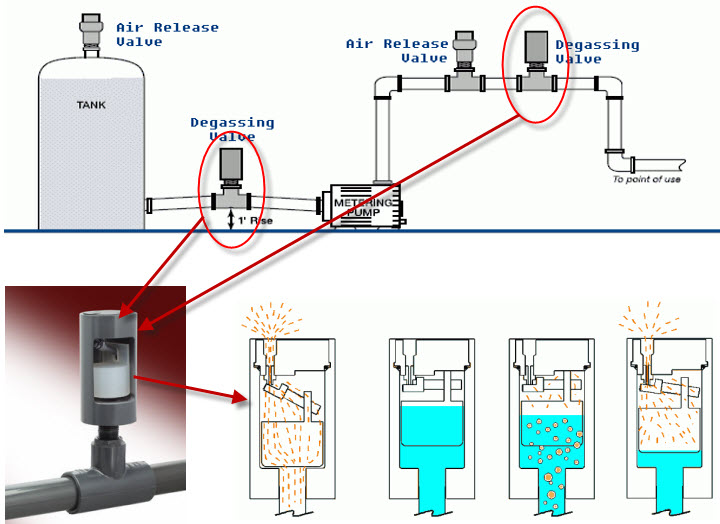
Important Note on DGV use with Salt Solutions & Other Liquids that may Precipitate Solids:
Should the DGV be installed in liquids which have the possibility of precipitating solids out of solution, it is recommended to periodically clean the DGV in warm or cold water to remove debris and/or precipitated salts from the orifice and the seat. To disassemble use an appropriate spanner wrench inserted into the two 1/8" holes in the top of the valve, unscrew and remove the float/seat assembly. Then clean and re-assemble the DGV.
It is further recommended to keep a spare seal kit on hand. When the DGV is disassembled for cleaning, examine the spring o-ring (the o-ring retaining the seat and float arm) for elasticity and general overall condition. If lack of elasticity or general wear is evident, replace the seals.
Features/Benefits:
·Safety: Allows safe expulsion of unwanted air in piping systems.
·Dependability: Patent-pending float mechanism assures minimal emission of system liquid prior to sealing.
·Minimal Closing Pressure: Closes at 0 PSI, as long as liquid is present.
·Cost Efficient: Designed to improve system performance and competitively priced.
·Superior Design: Valve opens and closes automatically, over and over and over.
·Corrosion Resistant: Top quality thermoplastics and elastomers resist chemical attack and protect system purity. No metal components in Series DGV.
Thông số kỹ thuật
|
Available in Geon® PVC, Corzan® CPVC, Natural Polypropylene, Kynar® PVDF |
|||||||||
|
Series DGV Part Numbers |
PVC |
CPVC |
Polypro |
PVDF |
|||||
|
1/2" |
DGV050V-PV |
DGV050V-CP |
DGV050V-PP |
DGV050V-PF |
|||||
|
DGV(series) 050(size) V(seal material) - PV(body material) |
|||||||||
|
Additional Specifications |
|||||||||
|
Wetted Float Material for all Body Types: |
Natural Polypropylene |
||||||||
|
Maximum Operating Pressure |
100 PSI |
||||||||
|
Minimum Specific Gravity |
0.9 |
||||||||



























